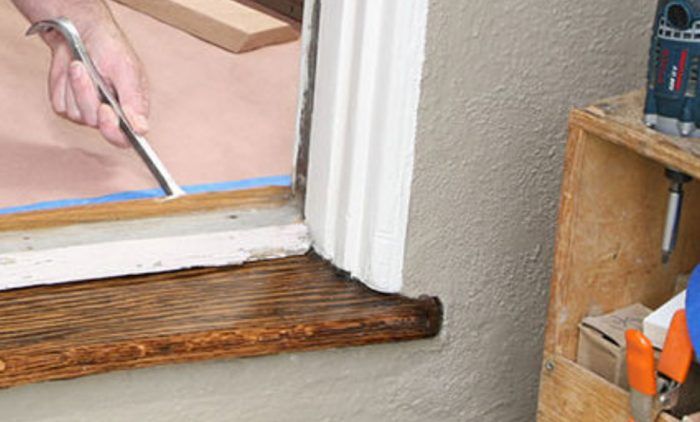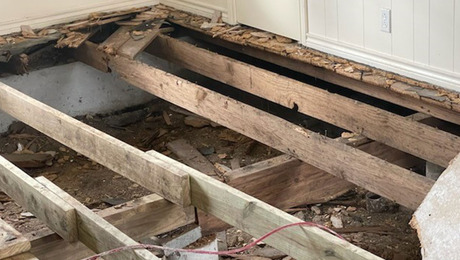Keep Jambs From Rotting
Seal the jambs as well as the top and bottom edges of interior doors to prevent temperature and humidity from taking their toll.

I’m concerned about my exterior door jambs (and bathroom door jambs, for that matter) rotting because they soak up water. Is there something I can do to prevent this?
—R. H. via email
Andrew Young, owner of Young & Son Woodworks in Portland, Ore., replies: My company always seals the end grain at the bottom of jambs for exterior doors, as well as for interior doors set on concrete, and we’ve started taking the same approach for all interior doors because of the overall decline in the quality of jamb stock.
Spray-can primer or lacquer seals jambs quite well, as does a quart of primer and a steady supply of chip brushes. In a pinch, even exterior-grade wood glue does a great job. Just paint on a couple of coats with your finger and give it a few minutes to dry.
Along with the door jambs, we also seal the top and bottom edges of interior doors to prevent movement and fit issues down the line. Temperature and humidity vary a lot on a job site before the painters show up, and the sooner the vulnerable end grain of a door’s stiles are sealed, the better. This is especially important for pocket doors, which don’t have hinges to help keep them true and are often used in bathrooms where the humidity levels are high.
From Fine Homebuilding #303




























